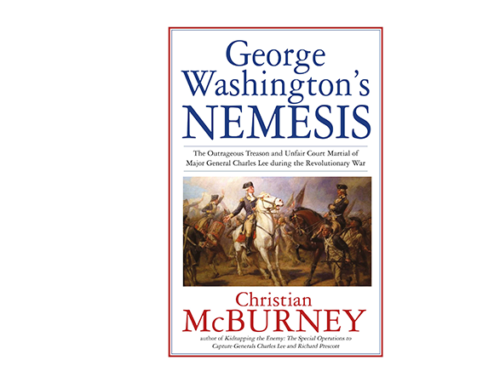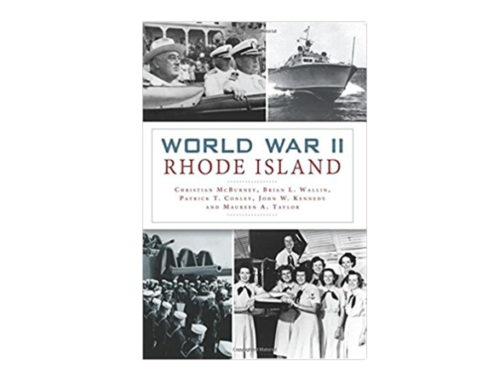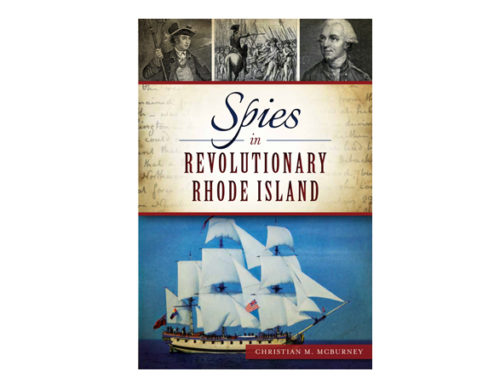Project Description
On the night of December 12, 1776, while on a reconnaissance mission in New Jersey, Lieutenant Colonel William Harcourt and Cornet Banastre Tarleton of the British dragoons learned from Loyalist informers that Major General Charles Lee, the second-in-command in the Continental army behind only George Washington, was staying at a tavern at nearby Basking Ridge. Gaining valuable information as they rode, by threatening captured American soldiers with death if Lee’s whereabouts was not revealed, Harcourt and Tarleton surrounded the tavern, and after a short but violent struggle, captured him. The dragoons returned through a hostile country by a different route, arriving safely at their British post at Pennington with their quarry in hand. With Lee’s capture, the British were confident the rebellion would soon be over.
Stung by Lee’s kidnapping, the Americans decided to respond with their own special operation, perhaps the most outstanding one of the war. On the dark night of July 10, 1777, Lieutenant Colonel William Barton led a handpicked party in whaleboats across Narragansett Bay—carefully avoiding British navy ships—to Newport, Rhode Island. Although the town was occupied by more than 3,000 enemy soldiers, after landing Barton led his men up a hidden path and stealthily hurried to a farmhouse where General Richard Prescott had taken to spending nights. Surrounding the house, they forced open the doors and seized the sleeping Prescott, as well as his aide-de- camp and a sentry, and then quickly returned to their waiting boats. Despite British artillerymen firing rockets and cannon to alert the British vessels in the bay, the bold band of Americans reached the mainland safely. Not only had Barton kidnapped a British major general who could be exchanged for Lee, he had removed from action a man who had gained a reputation for his harsh treatment of American Patriots.
In Kidnapping the Enemy: The Special Operations to Capture Generals Charles Lee and Richard Prescott, Christian M. McBurney relates the full story of each of these remarkable raids, the subsequent exchange of the two generals, and the impact of these kidnappings on the Revolutionary War. He then follows the subsequent careers of the major players, including Lee, Barton, Prescott, and Tarleton.
The book also addresses related topics, including Charles Lee acting as if he deserved to take the command of the Continental Army from George Washington just prior to his capture. The evolution of British treatment of American captive officers is addressed. The British evolved from at first threatening to hang them as criminal “rebels” to eventually treating them with the same respect Americans treated British captive officers. William Barton, after the war, spent thirteen years in debtor’s prison; the book analyzes whether or not the pride he gained from his famous exploit led to this ignoble period in his life. The appendix discusses what happened to some ordinary soldiers who were participants in the raid, including three African American soldiers, each of whom was credited with breaking down the door of General Prescott with his head.
Prominent British leaders in the book include William Harcourt, Banastre Tarleton, Archibald Campbell, William Howe, George Germain, and King George III. Prominent Americans in the book include Charles Lee, Ethan Allen, John Sullivan, Richard Henry Lee, and George Washington. William Barton is not well known, but he should be.
Book Availability:
Providence: Brown Bookstore
Newport: Newport Historical Society Gift Shop at Brick Market
South County: Wakefield Books; Kingston Hill Book Store; South County History Center Gift Shop (Kingston)
Kidnapping the Enemy
Purchase BookWhat Others Have Said About My Book
“This book proves that special operations, then as well as now, are filled with nail-biting suspense, reckless heroism, and hair-breadth escapes.”
“This book is the first to present a detailed study of the Revolutionary War’s two most famous captures, giving a detailed account of the planning, execution and impact of these events that were widely celebrated when they occurred. In both cases, a combination of careful planning, opportunism and martial luck came into play making these small-unit operations as exciting as the war’s major battles.”






